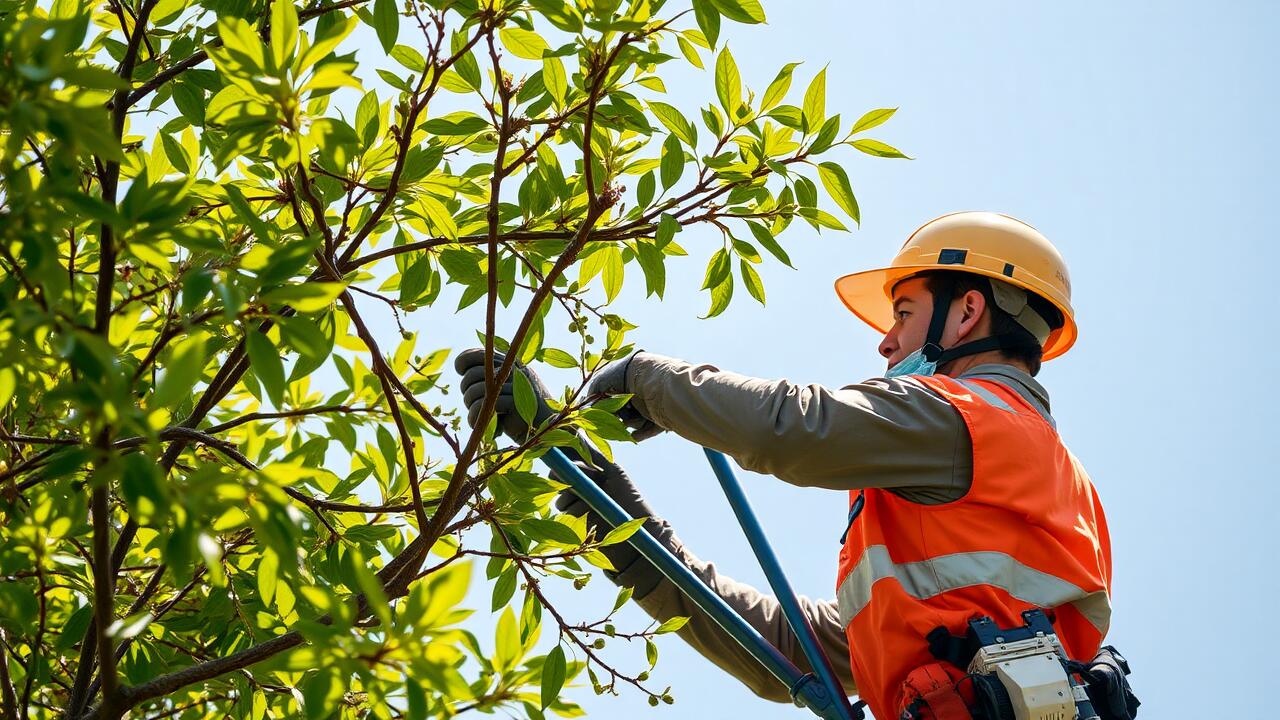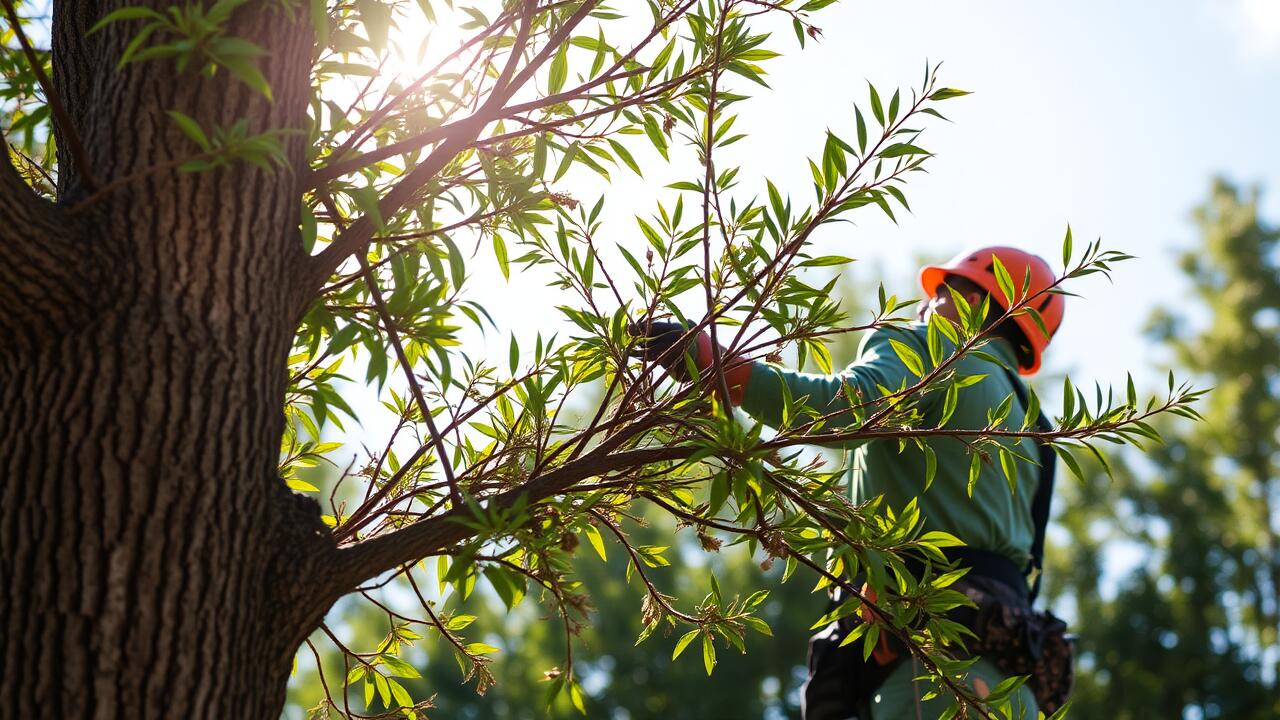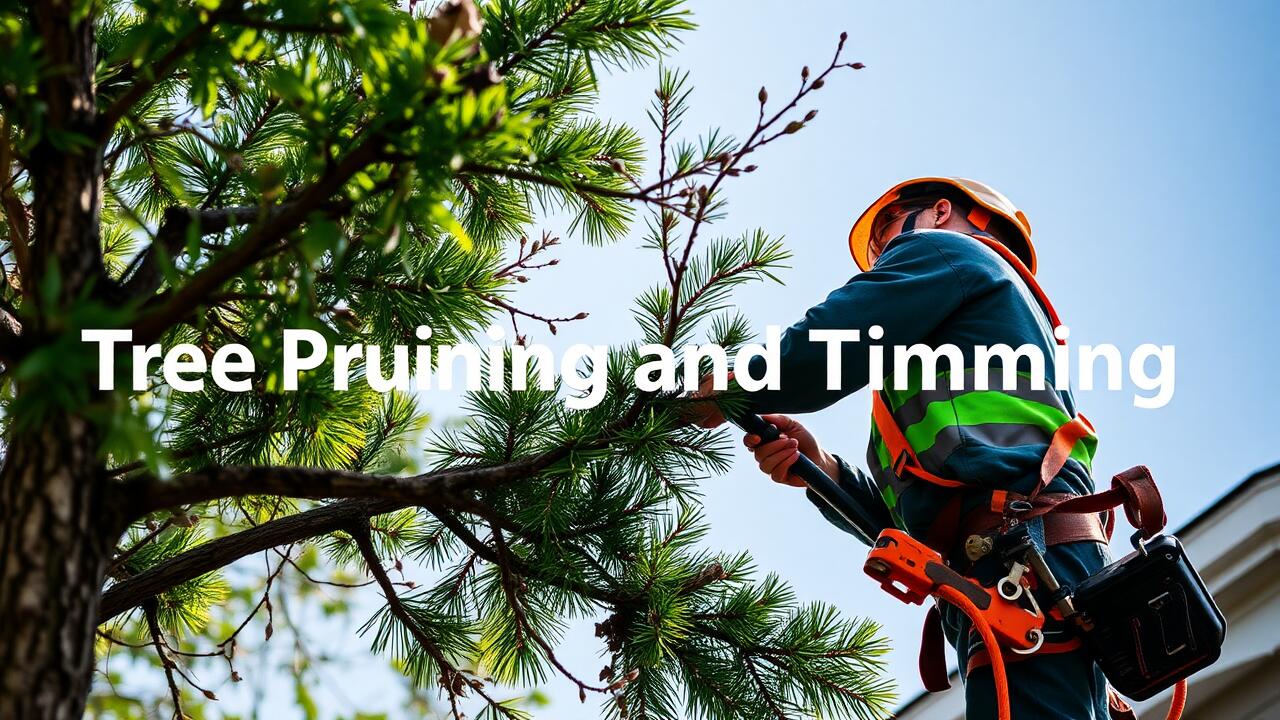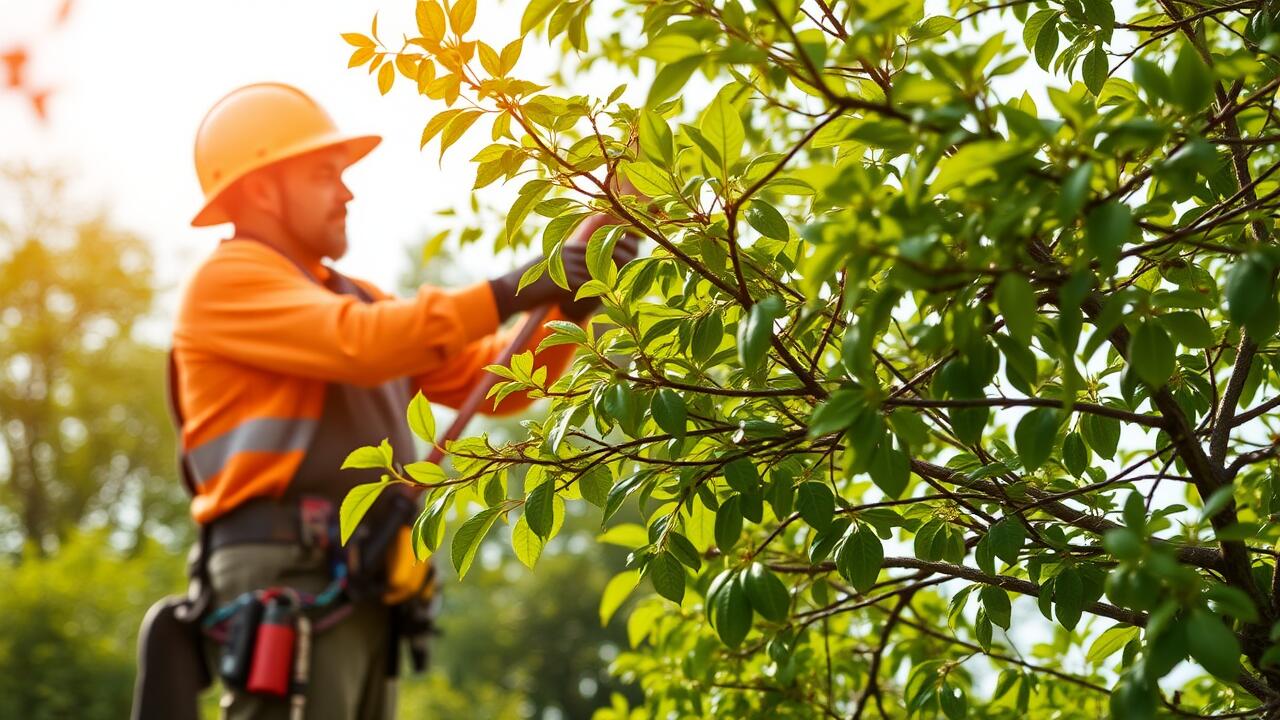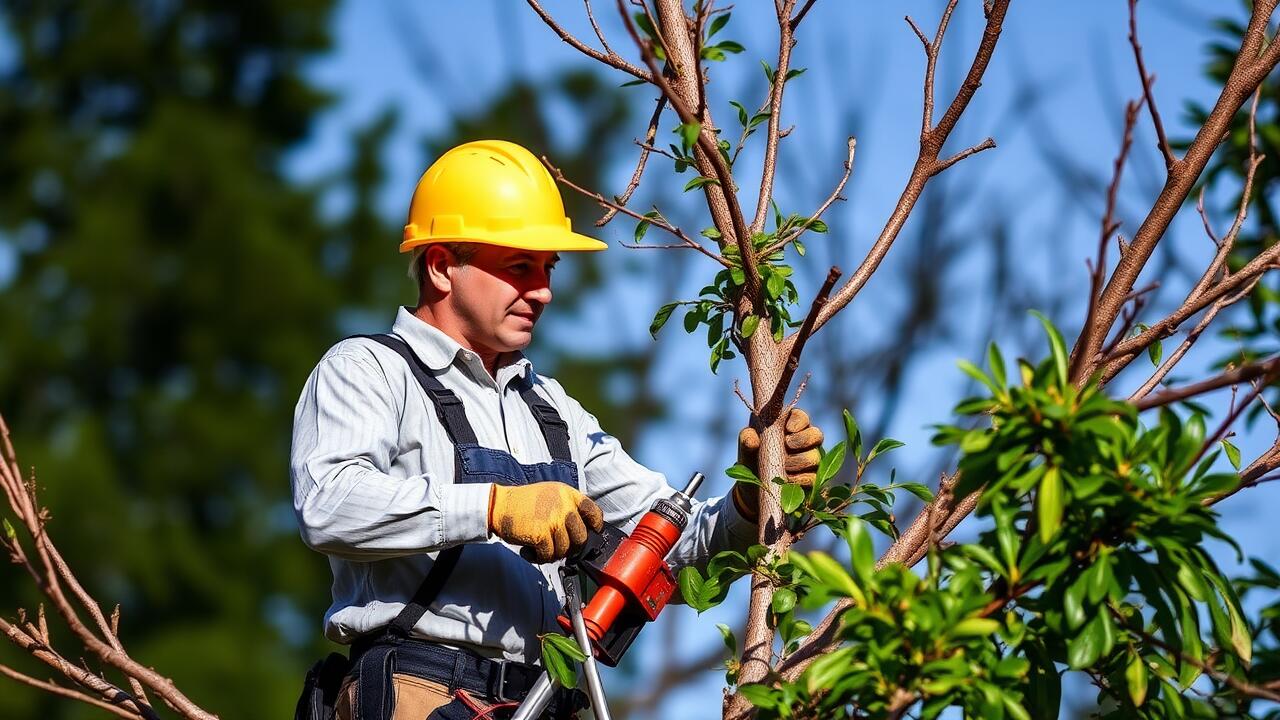
Techniques for Pruning Young Trees
Pruning young trees is a fundamental practice that encourages healthy growth and proper structure. The key techniques include thinning the branches to improve airflow and sunlight penetration. Selective cuts should be made to remove any competing leaders, fostering a single central leader that supports the tree’s overall stability. For optimal results, the ideal time for pruning is during the dormant season when the tree is less stressed and can recover more easily from the cuts.
When considering Tree Pruning and Trimming Cabbagetown, Atlanta, it is essential to familiarize yourself with the specific species you are working on. Each species may have distinct requirements for branch development and growth patterns. Focus on keeping the branches well-spaced and retaining those that are strong and healthy. Removing excess growth not only shapes the tree but also directs resources toward the most robust branches, ensuring a balanced form as it matures.
Proper Cutting Methods
When pruning young trees, proper cutting methods are essential for promoting healthy growth and maintaining a strong structure. Always use clean, sharp tools like pruning shears or saws to ensure clean cuts. This minimizes damage to the tree tissue and reduces the risk of disease. Make cuts at a slight angle, ideally just above a bud or lateral branch, to encourage natural healing. Avoid leaving ragged edges that can become entry points for pests and diseases.
It's also important to follow the three cut technique for larger branches. The first cut should be made on the underside of the branch to prevent tearing. The second cut, slightly further out, should be from the top to remove the branch completely. Finally, make a third cut at the branch collar, ensuring a smooth finish. For those in the area, seeking professional advice or services like Tree Pruning and Trimming Cabbagetown, Atlanta can help ensure these techniques are applied effectively.
Removing Dead or Diseased Branches
Dead or diseased branches can pose serious risks to a young tree's health. Identifying these branches early is crucial. Signs of trouble include discoloration, wilting, or an unusual appearance compared to the surrounding healthy foliage. If you observe any of these indicators, it is essential to address them promptly. Removing such branches can prevent the spread of disease and ensure that the tree focuses its energy on healthier parts.
When engaging in Tree Pruning and Trimming Cabbagetown, Atlanta, proper cutting techniques should be employed to minimize stress on the tree. Use sharp, clean tools to make precise cuts, ideally at the branch collar to support healing. Disposing of the removed material properly prevents any potential spread of disease in the area. Regular inspection and maintenance can foster a strong foundation for your tree's growth and longevity.
Identifying Problematic Areas
Identifying problematic areas on young trees is crucial for ensuring their healthy growth. Look for branches that appear weak or crowded, as these can hinder sunlight exposure and air circulation. Signs of disease, such as discoloration or wilting, indicate that a branch may need to be removed. It’s essential to assess the overall structure of the tree, taking note of any areas where branches are growing awkwardly or crossing each other.
In Cabbagetown, Atlanta, tree owners should pay attention to local environmental factors that may affect their trees' health. Soil quality, water drainage, and exposure to wind can all create vulnerabilities. Trees that show signs of stress should be closely examined for branches that display stunted growth or dead areas. Properly identifying these issues early on will lead to more effective tree pruning and trimming, ensuring that young trees develop strong and healthy frameworks.
Encouraging Strong Branch Development
To encourage strong branch development, focus on the overall structure of the young tree. When pruning, prioritize the natural shape of the tree and avoid removing too many branches at once. This method allows for better air circulation and sunlight penetration, which are crucial for the photosynthesis process. It's essential to create a balanced canopy by removing any competing branches that might lead to weaknesses in the tree's structure. Observing how the tree grows over time helps in assessing which branches should be trimmed for the best outcome.
In areas like Cabbagetown, Atlanta, proper tree pruning practices can make a significant difference in the longevity and health of young trees. Engaging in regular assessments of branches helps identify those that are overly crowded or improperly positioned. By selectively pruning, you can promote robust growth and prevent structural problems later in the tree's life. Tree pruning and trimming Cabbagetown, Atlanta, can ensure that trees remain strong against wind and other environmental stresses while fostering a beautiful, well-formed silhouette.
Techniques for Promoting Structure
When promoting strong branch development in young trees, it's essential to focus on the tree's structural integrity. Begin by identifying the central leader, which serves as the main trunk. Remove competing branches that threaten to overshadow the central leader. This action encourages the tree to grow upward rather than outward, resulting in a more balanced appearance. Consistent pruning to maintain a single leader can significantly enhance the tree's overall shape and strength over time.
To further promote structure, select and space lateral branches appropriately. Aim for a well-structured canopy with branches evenly distributed around the central leader. Removing any crossing or rubbing branches helps to prevent wounds and reduces the risk of disease. Regularly assess your young trees with a goal of fostering healthy growth patterns. Local services like Tree Pruning and Trimming Cabbagetown, Atlanta, can provide expert guidance and support for maintaining a robust and well-structured tree.
FAQS
When is the best time to prune young trees?
The best time to prune young trees is during late winter or early spring before new growth begins, as this promotes healthy regrowth and minimizes stress on the tree.
How much of the tree can I prune at once?
It is generally recommended to prune no more than 25% of a young tree's canopy at one time to prevent shock and ensure the tree can recover.
What tools do I need for pruning young trees?
Essential tools for pruning young trees include hand pruners, loppers, a pruning saw, and protective gloves to ensure safety and effectiveness.
How can I tell if a branch is dead or diseased?
Look for signs such as discoloration, brittleness, or lack of leaves. A simple scratch test can also help; if the bark beneath is brown or dry, the branch may be dead.
What is the importance of promoting strong branch development in young trees?
Promoting strong branch development is crucial for establishing a healthy tree structure, reducing the risk of breakage or damage in the future, and enhancing the tree’s overall growth and longevity.
